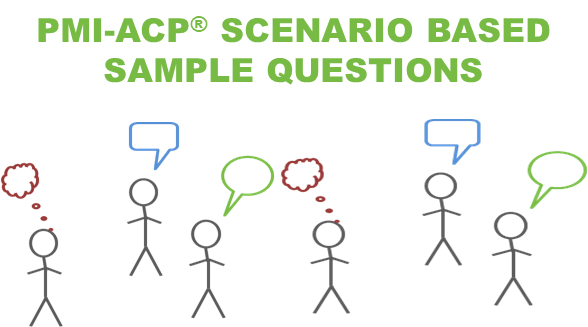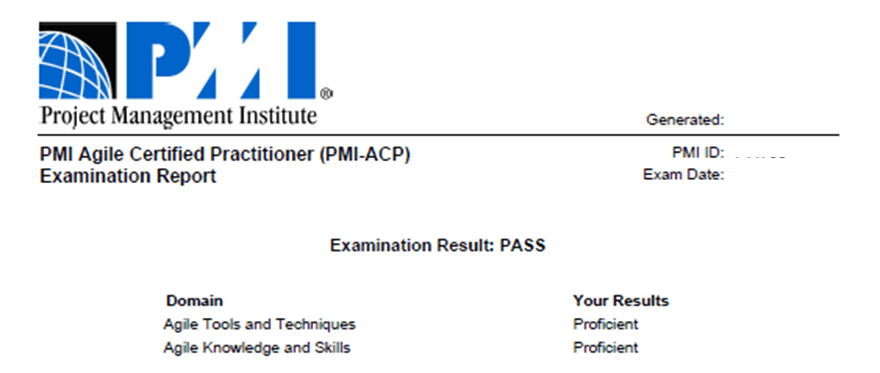Project Lifecycle Selection Case Study
Activity Time
60 to 90 minutes depending upon the number of groups (5 minutes briefing, 30 minutes for teams to do group discussion and to prepare their answers and 10 minutes for each team to deliver a presentation.
Material
- Printout of this case study
- Whiteboard or easel pads for each group
- Sharpies/markers/pen/post-it notes
- PMI Agile practice guide, third module “Life Cycle Selection” (optional)
Activity and Description
- Depending on the number of people in the room, divide the large group into multiple subgroups about the size of four to five members in each
- Handover the following case study, ask them to read and present their solution to the rest of the class
Project Life Cycle Selection for New Payment System
Founded in 2011, the “Wealth Easy” was one of the fastest online wealth management companies focused on making an investment and saving easier for everyone. After detail options analysis, the executive board approved the strategic program to move to the new payment processing system. The payment processing system is the backbone of the organization, and it is critical for their earnings to process transaction promptly.
You are part of the project leadership team responsible for the planning and execution of this strategic program. Your first assignment to propose the life cycle to the executive board, you have a choice to use any approach (predictive, iterative, incremental, agile, and hybrid)
Agile practice guide refers to the following four types of project life cycles:
Predictive life cycle: A more traditional approach, with the bulk of planning occurring upfront, then executing in a single pass; a sequential process. This approach takes advantage of things that are known and proven. The plan drives the work. Value is only delivered at the end.
Iterative life cycle: An approach that allows feedback for unfinished work to improve and modify future outcomes. Prototypes and proofs are planned, and the outputs are intended to modify the plans at the beginning. When complexity is high or when there are frequent changes or scope is unknown.
Incremental life cycle: An approach that provides finished deliverables in steps that the customer may use immediately. Here we plan to deliver successive subsets of the overall project. The team may deviate from the original vision. It uncovers hidden or misunderstood requirements.
Agile life cycle: An approach that is both iterative and incremental to refine work items and deliver frequently. Here we plan and re-pan as more information becomes available.
* Agile Practice Guide Published by Project Management Institute, 2017

Key highlights:
- The total budget allocated to the project is $8M
- The project is the highest priority in the organization
- Two development teams (nine members each) are dedicated for this initiative
- Development team estimated six months of development time
- Significant coordination is required with all ten partners. This includes briefing partners on the overall execution plan, get their commitment, provide training to required staff, manage and provide stabilization support
- Company financial year ends on March 31, all transactions after this day must happen on the new system
Requirements:
Your team required to prepare maximum ten minutes presentation to the executive board and ensure to cover the following areas:
- Assess and present the pros and cons of each life cycle approach
- Choose one life cycle approach best suited for the project and clearly highlight the advantage and reasons for your selection
- What will be the overall project management strategy
- What will be the governance structure
- Implementation roadmap and with key milestones
- Highlight the top three risks and their mitigation strategies
Facilitator Notes:
- The project has a hard delivery date; it would be interesting to observe how the team manage this risk in their plan
- You can also ask groups about how they are planning to manage contracts, evaluations, procurement, hiring, and budgets, especially if any team selected Agile as their preferred approach
- You can emphasize the fact that ONE life cycle may not work perfectly in all situations; leaders must think strategically and keep the big picture
- The ideal time to run this activity is after explaining the characteristics of the life cycle module (refer to chapter three of Agile practice guide)
Download the Project Lifecycle Case Study pdf


